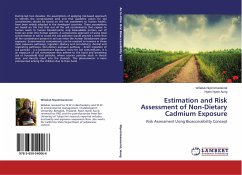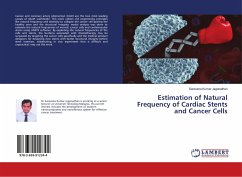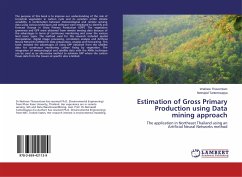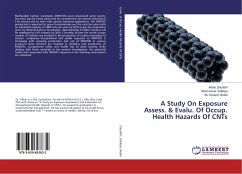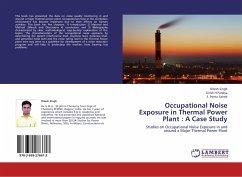During last two decades, the assumptions of applying risk-based approach to identify the contaminated land and that guideline values for soil contaminants should be based on the risk assessment to human health, have been widely adopted in the developed countries. These assumptions are based on the fact that not all the soil contaminants that expose to human reach to human bloodstreams; only bioavailable portion out of total can enter into human systems. A conservative approach of using total concentration in soil to access the soil pollution would provide a sense that all the contaminant present in soil can enter the human bloodstream upon exposure. Environmental contaminants can be reached to humans in three main exposure pathways; ingestion (dietary and non-dietary), dermal and respiratory pathways. Non-dietary exposure pathway - direct ingestion of soil particles - is a predominant exposure route for soil contaminants. It is an exposure of soil contaminant that adhere to the hand and breathing soil or household dust particles, where coarser particles stuck in throat area, and directly reach into the stomach. This phenomenon is more pronounced among the children due to their hand
